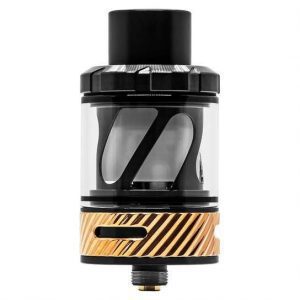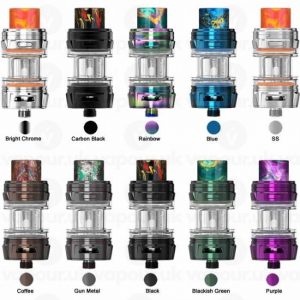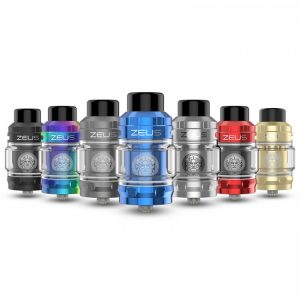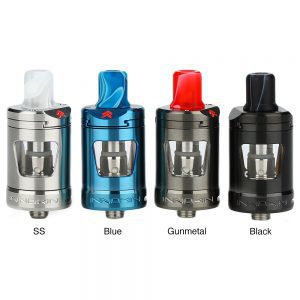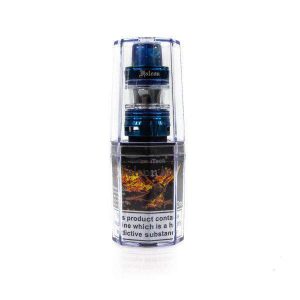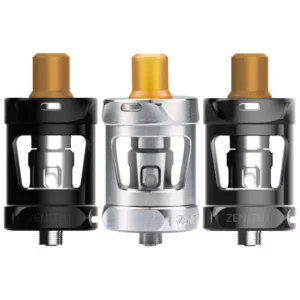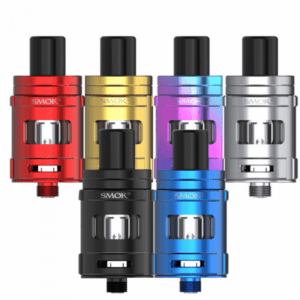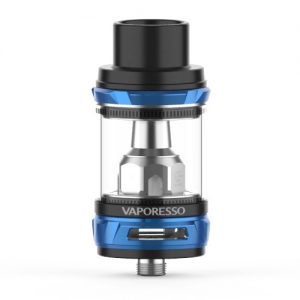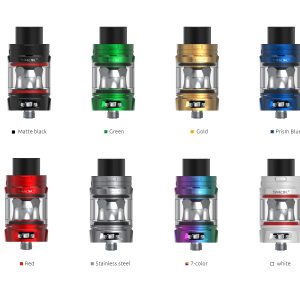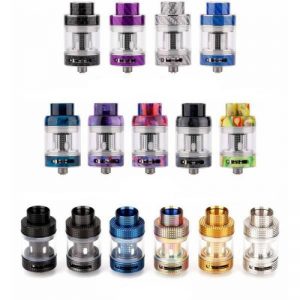Sub-ohm vaping is a popular technique among vapers, and sub-ohm vape tanks are a crucial component of this method. Sub-ohm tanks are designed to work with low-resistance coils, which help produce large vapour clouds and intense flavours. In this section, we will discuss the basics of sub-ohm tanks and the mechanics of sub-ohm vaping.
What Are Sub Ohm Tanks?
Sub-ohm tanks are vape tanks that are designed to work with low-resistance coils, typically below 1.0 ohms. These tanks are specifically designed for direct-to-lung (DTL) vaping, which involves inhaling vapour directly into the lungs. Sub-ohm tanks have larger airflow and larger coils, which allow for higher operating wattages and more significant vapour production.
Sub-ohm tanks are a popular choice among vapers who enjoy large vapour clouds and intense flavours. They are also ideal for vapers who want to switch from smoking to vaping, as the DTL inhale is similar to the inhale of a cigarette.
The Mechanics of Sub Ohm Vaping
Sub-ohm vaping involves using low-resistance coils, typically below 1.0 ohms, to produce large vapour clouds and intense flavours. When a sub-ohm tank is used with a low-resistance coil, the coil heats up quickly, producing more vapour and flavour than a higher-resistance coil.
It is essential to note that sub-ohm vaping requires more power than traditional vaping. As a result, sub-ohm tanks are typically used with high-powered mods to achieve the desired results. Sub-ohm vaping is not recommended for beginners, as it requires a good understanding of ohm's law and battery safety.
In conclusion, sub-ohm tanks are an essential component of sub-ohm vaping and are popular among vapers who enjoy large vapour clouds and intense flavours. When using sub-ohm tanks, it is crucial to use low-resistance coils and high-powered mods to achieve the desired results.

